|
Character traits are SO hard for students to identify. Especially students struggling with reading. We get a lot of they were "good" or "bad". Identifying them can also be hard for students with limited vocabulary. When we want to talk about character traits we love to use this strategy! It comes from Jan Richardson and Manyak's schoolwide vocabulary approach. Even though it's a schoolwide approach, we've found that it works great for our intervention students. We have a great list of grade/age appropriate character trait words. It's leveled from kindergarten to sixth grade. On our sheet we placed easier to harder as the label to not discourage our students. The students look through the list too pick a word that describes the character. Once they decide on a word (and we do a lot of teaching vocabulary as we go through the list) they must find the proof, or evidence, of that word describing the character. We use this graphic organizer to record our words and proof. It helps not only teach character traits, but also a whole list of words that describe the characters (that students may or may not know!).
Click HERE for a FREE copy of this great Character Trait Chart so you can start using it in your classroom! There are two versions of the chart. The first version has words from kindergarten/first grade to third and fourth grade. The second version, a little tougher, has words all the way up until 6th grade.
1 Comment
How do you teach retelling a story to older students that struggle with it? Scaffolding, scaffolding, scaffolding! The first step is to place sticky notes into the book. One at the beginning, middle and end of the story. This way, the students don't need to worry about what part is the beginning, middle or end of the story. The teacher starts by modeling to the students how to write a 1 or 2 sentence summary of the parts of the story (we've previously practiced the Who and What Happened strategy so we use that). We then gradually release it back to the students to write the parts on their own. We love to use Anita Archer's I Do (teacher), We Do (the group together), You Do (student) strategy. Each group is different for releasing the strategy back to them. Some get it right away, and others need more teaching or group modeling. Gage your students for when they are ready to work on the strategy by themselves. At first we place the sticky notes onto a graphic organizer. Eventually, over time, we flag the parts to the story and they only write onto the graphic organizer. After being successful with the graphic organizer they are usually great with verbal retells of the beginning, middle, and end of the story. We've tried skipping parts or moving faster, but our students really need all of these steps. Students not in interventions or struggling to retell may be able to move a little faster or skip some parts!
To use the BME strategy in your class all you need is sticky notes! We use these great graphic organizers. If you are interested in them for your students to organize their thoughts they can be found at our Teachers Pay Teachers story by clicking on the pictures or this link! Hands on math is our favorite! Number tiles are a great way to have the students interact with their learning. They are great for gaining number sense. We use number tiles for a bunch of activities. Here are a few ways to use them: They are great for building numbers! It really helps to show the place value. Often times, after buidling the number the students will then say it out loud and in our last unit they had to then write the number in word form (we used white boards and white board markers - always a favorite). Use them with base 10 blocks.
Vocabulary acquisition is so important for any student, but even more so for students in poverty. We use two things in our classrooms for vocabulary. We explicitly teach vocabulary and we use strategies to teach students to learn vocabulary on their own. For vocabulary instruction we mix, or mesh, Anita Archer's explicit teaching with Marzano's vocabulary strategies. First, say the word (volcano). Then place your hand out and have the students repeat the word (volcano). Repeat this as needed to make sure there is correct pronunciation. Second, give a definition of the word (a volcano is an opening, usually on a mountain or hill, that has molten/hot/liquid rock come out of it). Repeat the definition a few times depending on the looks on faces. Third, use it in context or explain how it pertains to the lesson. (today, we are going to read about a volcano and how the molten rock comes out of the volcano). And last, have the students turn and tell a partner the word and a definition for the word. As they are telling each other listen and observe to gauge their understanding. This strategy works great for directly, or explicitly, teaching vocabulary. It can be used in any subject!
We love cooperative learning! It's come a long way in the last few years - it's SO much more than group work! Listening to the radio on the way to school the other day they were talking about a college class that involved group work and "those" members that don't pull their weight! One of the hosts said, "there has to be something better than letting someone get a good grade when they didn't do the work!" YES, YES, YES, there is! Cooperative Learning is the answer! If you ever get a chance to attend a Kagen Cooperative Learning training we highly suggest you do! Cooperative Learning gives all the students in the room a chance to engage with the learning. If the teacher asks a question and just one child answers then only one child is 100% engaged with the question. But, turn that into a chance to have partners share their answer, then call on someone and 100% of the students are engaged in the question! It's that easy - seriously! We've been slowly sharing our strategies in posts (partner coach, turn and talk, round robin), along with anchor charts that we place in the room (great for teaching the strategy and for refreshers). But, one of the easiest ways to use cooperative learning is to have your classroom tables/desks labeled for the jobs! It really reminds you to use the strategies. Another great thing about labeling the student spots is that they can rotate or exchange seats and always know their job! These table labels label your tables/desks by group, with AB partners (two students) and numbered partners.
All you need to do is print these labels and decide how you want to attach them to your desks and labels! To print them download HERE or click on the picture! |
MEET JENI'm a mom, wife, and teacher that loves to read, hang out with my family, and learn. I love to use our blog to share ideas with others and to help keep me learning!
Categories
All
Archives
December 2021
|

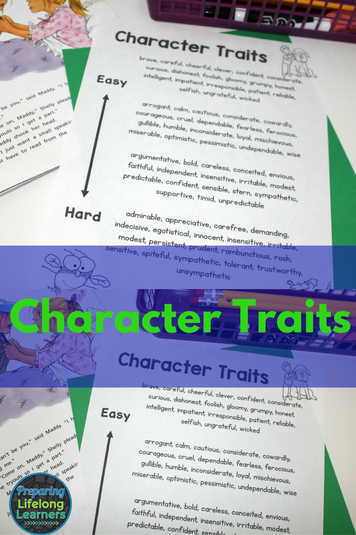
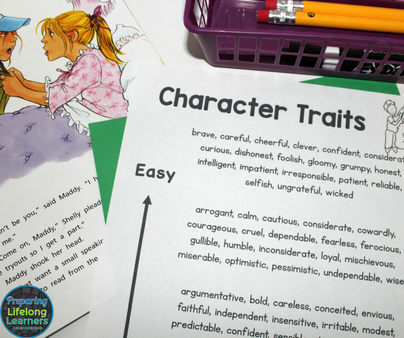
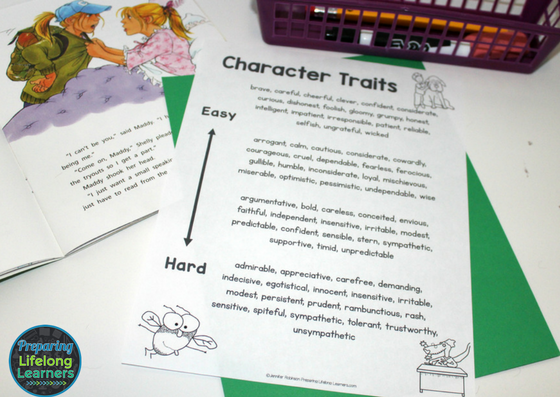
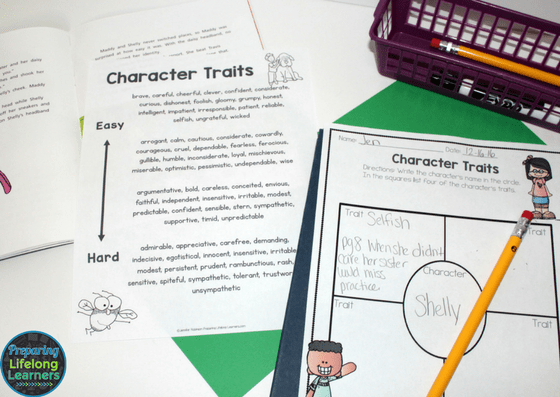
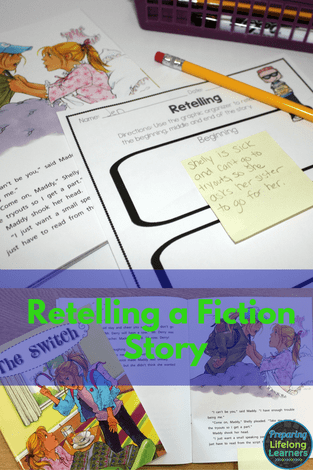
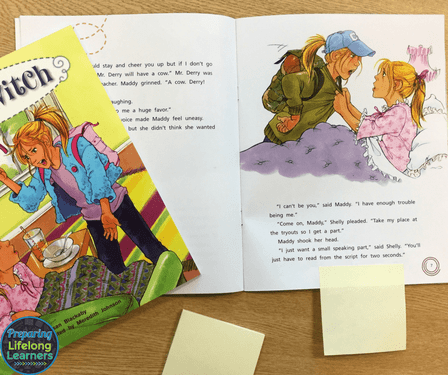
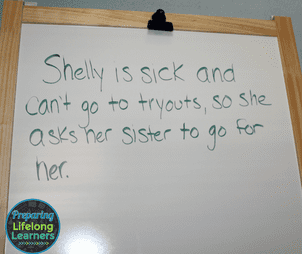
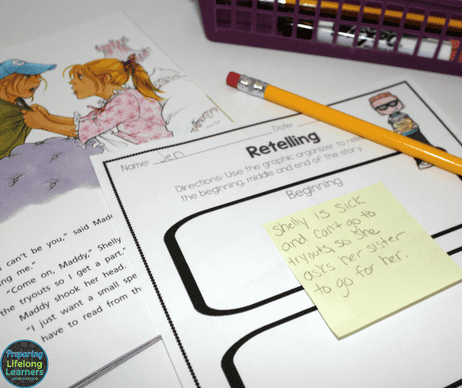
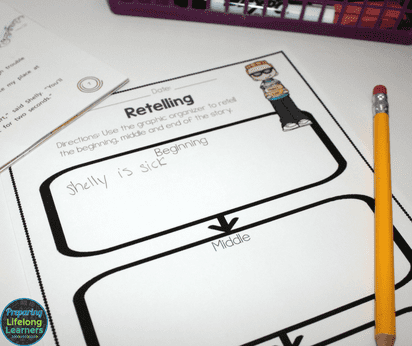
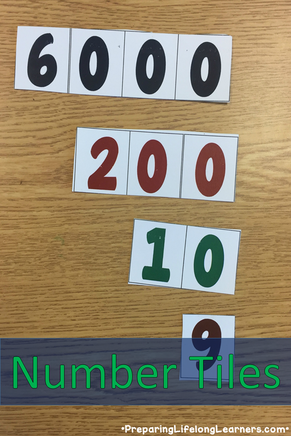
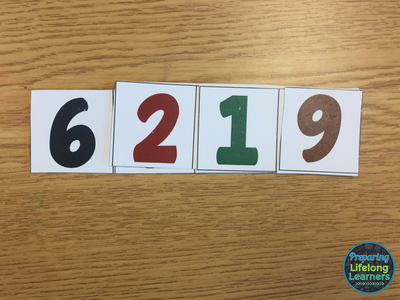
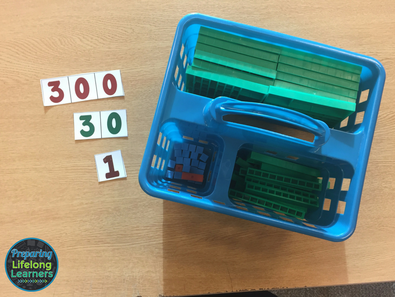
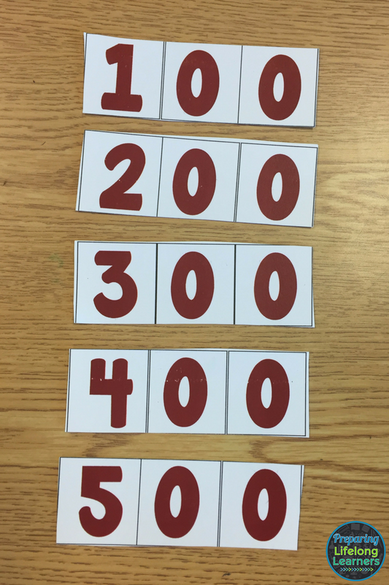
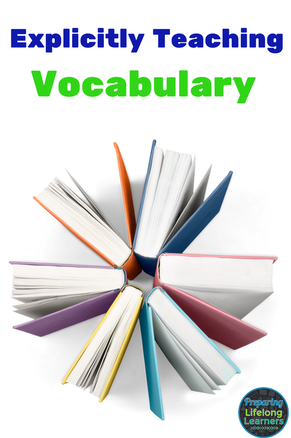
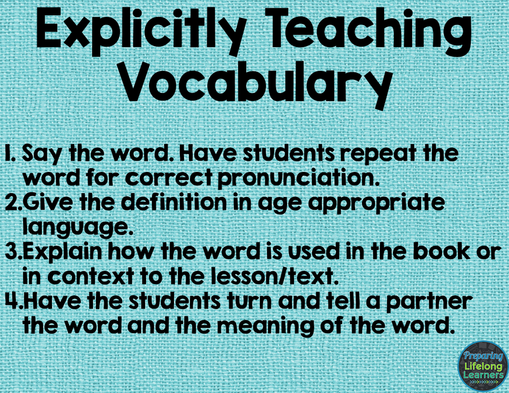
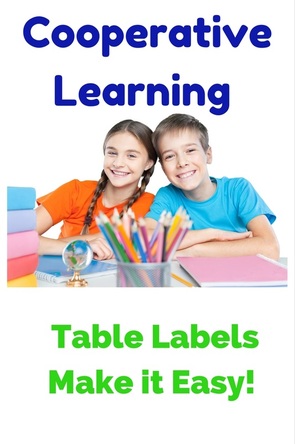
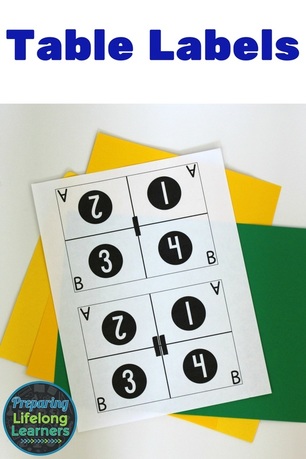


 RSS Feed
RSS Feed